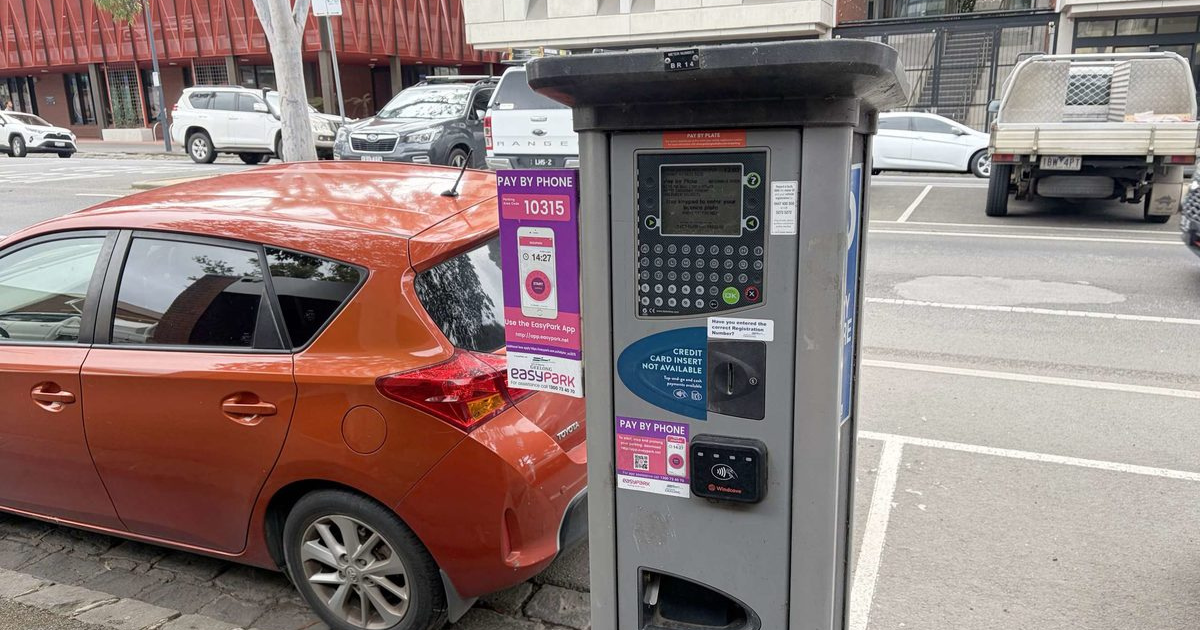Viva’s LNG terminal gets positive environmental assessment
VIVA Energy’s proposed liquefied natural gas (LNG) terminal project in Geelong has passed a major hurdle, receiving a positive assessment on its Environmental Effects Statement (EES) from the Victorian government.
The terminal in Corio Bay would use a vessel known as a floating storage and regasification unit to store and convert LNG back into natural gas, and would see visiting carriers transport LNG from other parts of Australia and overseas into the bay.
Proponents suggest the project will play an important role in mitigating looming gas shortfalls and provide a reliable back-up for renewable energy generation, but it has been opposed for years by environmental groups and local residents, including those who formed a “no gas terminal” sign in February this year.
Viva Energy lodged its original EES with the Victorian government in 2022 but the state’s Planning Minister Sonya Kilkenny in April 2023 asked for more information in another EES on the project’s potential impacts on marine environment, air quality, noise, and Aboriginal cultural heritage.
Today (Friday, May 30), Viva Energy stated Ms Kilkenny had found that, subject to conditions, the LNG terminal project can proceed with acceptable environmental effects.
The terminal would have the capacity to supply in excess of 120 petajoules of gas per year and peak supply of up to 750 terajoules per day to meet the daily and seasonal gas demands of Victoria and southern Australia.
Construction is expected to take two years but “promises a complete solution to the structural gas shortfalls forecast to impact Victoria from 2028 onwards”, Viva Energy stated.
Viva Energy chief strategy officer Lachlan Pfeiffer described the decision as a significant milestone for the Viva Energy Hub in Geelong and for Victoria’s energy security.
“Viva Energy’s gas terminal in Geelong is a transformative development for Victoria’s energy landscape, which will ensure a secure, flexible, and cost-effective gas supply, supporting renewable energy generation, and contributing to the economic well-being of Australia,” he said.
“One of the key advantages of our LNG terminal is its flexibility to scale up supply during periods of peak gas demand, ensuring that households and businesses in Victoria will have a reliable gas supply all year round. In addition, we expect the LNG terminal will be called on to supply gas for gas-powered electricity generation, providing important firming capacity to support the renewable energy sector as coal retires from the energy system.
“We are working closely with potential off-takers and counterparties to secure the commercial structure of the terminal. With construction likely to commence in the second half of 2026, with the majority of works in 2027, various capital and commercial structures are being assessed.”
Geelong Manufacturing Council (GMC) is supporting the terminal and the Planning Minister’s decision.
“GMC warmly welcomes today’s breakthrough in support of Victoria’s future energy security,” GMC chief executive officer Jennifer Conley said.
“This is a sensible decision that makes important progress towards helping to solve the looming energy crisis for manufacturing in Victoria and around the regions.”
“With this major hurdle removed, Victoria is now in pole position to support the firming of the electricity grid for the east coast, as we transition to low emissions energy.
Ms Conley said many Geelong manufacturers relied heavily on gas, such as agricultural processing and producers of steel components for infrastructure, including wind towers.
“Mounting energy cost pressures have put these businesses at risk.
“Geelong is a proud manufacturing city with a globally recognised highly-skilled workforce, experienced in dealing with hazard facilities and energy solutions.
“This decision unlocks the potential for Geelong to become the energy capital of [the] East Coast [of] Australia.”


















